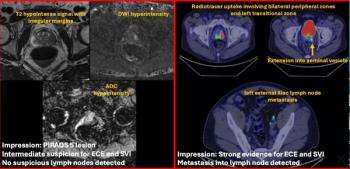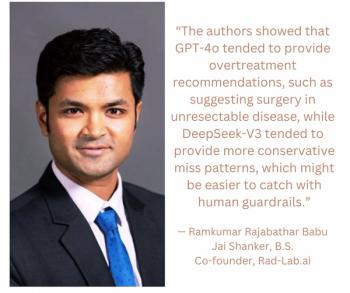
|Articles|July 22, 2016
Radiology Comic: Not Teleradiology
Author(s)Jon Carter
Not exactly how teleradiology works.
Advertisement
[[{"type":"media","view_mode":"media_crop","fid":"50427","attributes":{"alt":"Radiology Comic: Not Teleradiology","class":"media-image","id":"media_crop_667193478618","media_crop_h":"0","media_crop_image_style":"-1","media_crop_instance":"6152","media_crop_rotate":"0","media_crop_scale_h":"0","media_crop_scale_w":"0","media_crop_w":"0","media_crop_x":"0","media_crop_y":"0","title":" ","typeof":"foaf:Image"}}]]
Newsletter
Stay at the forefront of radiology with the Diagnostic Imaging newsletter, delivering the latest news, clinical insights, and imaging advancements for today’s radiologists.
Advertisement
Advertisement
Advertisement
Trending on Diagnostic Imaging
1
Clinical Applications of LLMs in Radiology: Key Takeaways from RSNA 2025
2
Should PSMA PET/CT Supplant MRI For Staging of Patients with High-Risk PCa?
3
Current and Emerging Concepts with LLMs in Radiology: An Interview with Rajesh Bhayana, MD
4
Assessing the Potential Impact in Radiology for GE HealthCare’s Acquisition of Intelerad
5




























